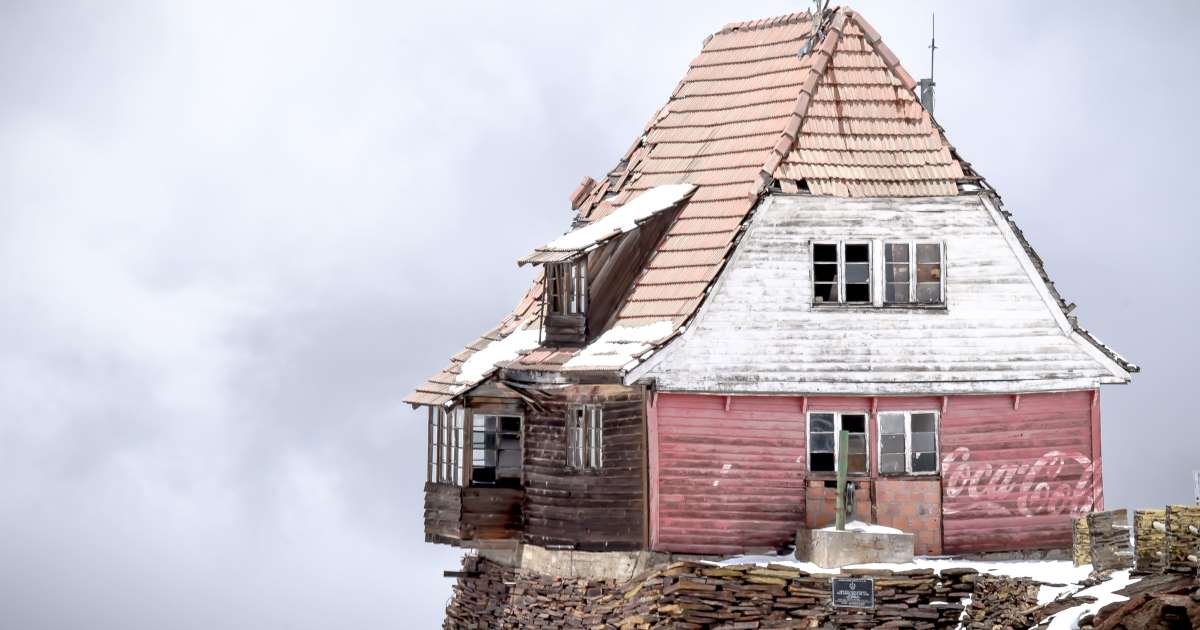RIO DE JANEIRO, BRAZIL – (AFP) Bernardo Guarachi’s eyes light up when he remembers the glorious days of Chacaltaya. At 68 years old and having climbed the world’s highest peaks, this Bolivian mountaineer contemplates the ruins of what was once the world’s highest ski slope – until it ran out of ice.
“Today it’s a cemetery,” says Guarachi, copper-skinned and jet-haired, as he frowns in the scorching sun.
Read also: Check out our coverage on Bolivia
He glances up the 400-meter ramp he used to glide down at full speed. He points upwards: only the rusty poles and cables of the chairlifts remain. The ice castle has been transformed into a sea of rocks.
“It was full of skiers here between Saturday and Sunday,” he says.

At an altitude of some 5,300 meters, the Chacaltaya complex was an apparent weekend outing for many families from La Paz, 30 kilometers away. But by 1998, only 7% of its 1940s extent remained.
Bolivia has lost approximately half of its glaciers in the last 50 years, and studies indicate that the situation will worsen if temperatures in the country continue to rise. According to some forecasts, Andean temperatures could rise between 2 and 5 degrees before the end of the 21st century.
The landscape bears witness to this: a few white canopies can be seen among the ochre rocky sierras.
The Andes mountain range concentrates almost all of the so-called “tropical glaciers”, located in a large strip around the equator, and 20% are in Bolivia. As the ice giants that melt will not re-emerge, the challenge is to preserve those still there.
Guarachi looks to the horizon. In the distance, the terracotta of the adobe houses of El Alto, La Paz’s neighboring city, can be seen.
The ice that the glaciers accumulate arises from the humidity from the Amazon basin, he points out. He asserts that the millions of hectares burned each year in Bolivia “also influence the state of the glaciers” and accelerate their melting.
That impact could leave millions of Bolivians without water. In times of drought, snowmelt provides up to 85% of the water consumed by the people of La Paz, who have had to ration their use several times in the last five years.
Farmers in the highlands also feel the effect, and offerings to Mother Earth amid prayers for water have become commonplace.
As if unaware of the altitude’s fatigue causes, Guarachi strolls around the hut at Chacaltaya, an alpine-style mountain hut built in the late 1930s on the edge of a cornice. More than a decade after it housed the last skier, the hut has fallen into disrepair.
The mountaineering veteran makes his way up the mountain. He steps steadily away over the tiny blanket of snow that still forms in winter.
“We must change our mentality. We will stop being ambitious, we will let the Earth endure more because I would rather have water than have a lot of money. Really! You may have a lot of money, but you won’t even be able to buy water because the glaciers are running out,” he says.

